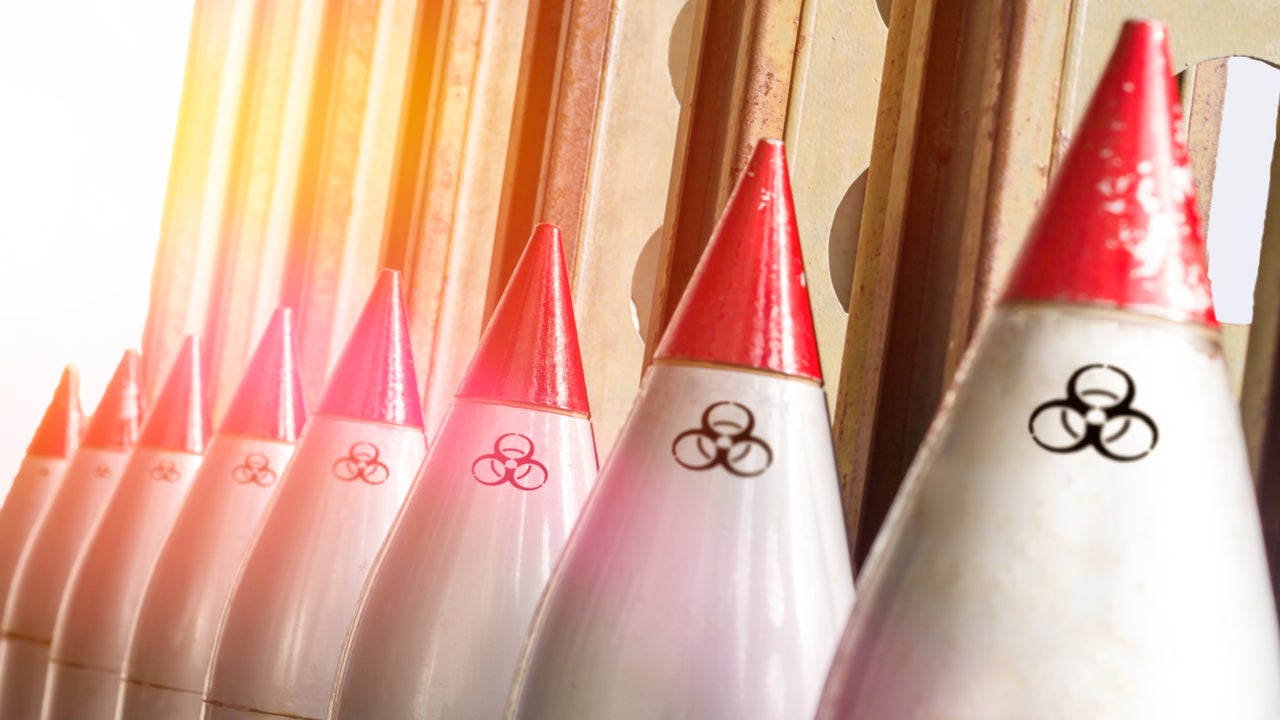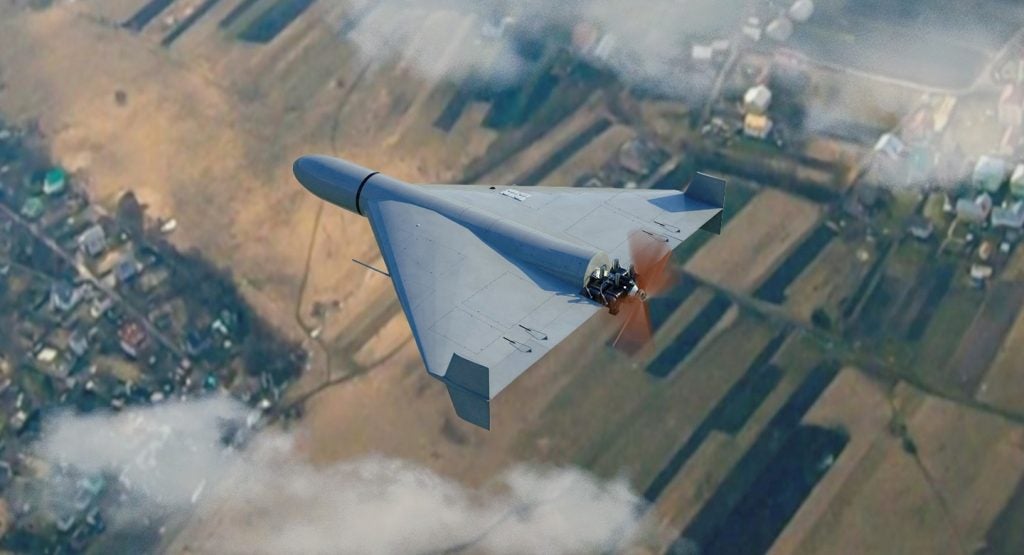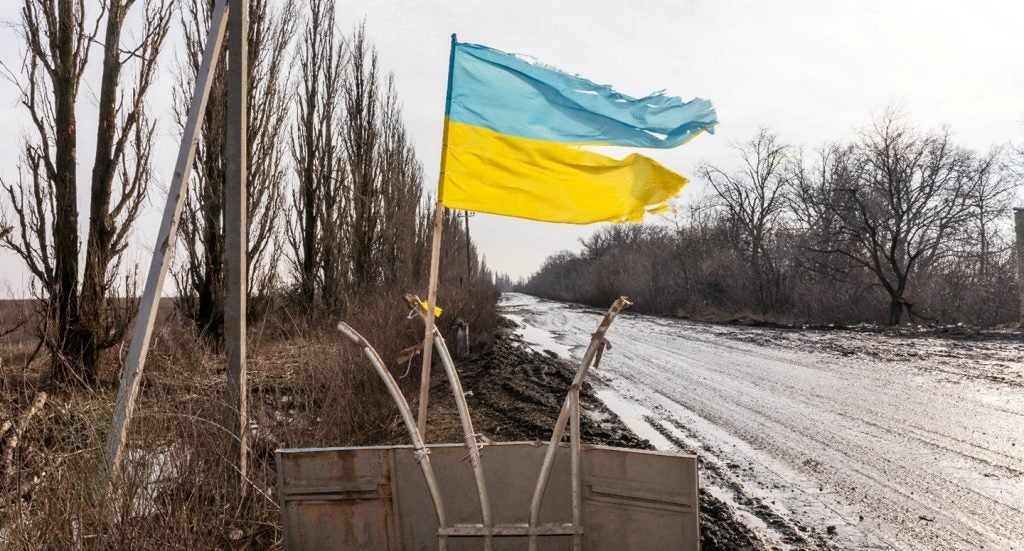Early detection of chemical, biological, radiological, nuclear, and explosives (CBRNE) threats and the protection of top rank officials, military personnel, and facilities has become vital. It is expected that countries will increase their investments in detection, identification, and protection systems.
Listed below are the key regulatory trends impacting the CBRNE Defence theme, as identified by GlobalData.
Chemical Weapons Convention (CWC)
The Chemical Weapons Convention (CWC) was signed on 13 January 1993 and entered into force on 29 April 1997 and currently includes 193 states parties. Israel has signed but not ratified the convention. Egypt, North Korea, and South Sudan have neither signed nor ratified the convention.
The Convention seeks to eliminate an entire category of weapons of mass destruction by prohibiting the development, production, acquisition, stockpiling, holding, transfer or use of chemical weapons by States Parties. States Parties are also responsible for taking the necessary steps to enforce this prohibition concerning persons within their jurisdiction.
Biological Weapons Convention or Biological and Toxin Weapons Convention (BTWC)
In 1972, BTWC, which prohibits the development, production, and possession of biological weapons, was signed by 22 countries. The agreement came into force on 26 March 1975. As of July 2021, 183 countries have become parties to the agreement. Four more states have signed but not ratified the treaty, and ten other states have neither signed nor ratified the treaty.
Intermediate-Range Nuclear Forces Treaty (INF Treaty)
The INF treaty prohibited the signatories from possessing, producing, or flight-testing ground launched ballistic and cruise missiles with ranges of 500 and 5,500 kilometres, their launchers and associated support structures and support equipment. The US suspended the treaty on 1 February 2019, and Russia suspended it on 2 February 2019. The treaty had meant that neither party had developed and fielded the relevant defences against such weapons.
How well do you really know your competitors?
Access the most comprehensive Company Profiles on the market, powered by GlobalData. Save hours of research. Gain competitive edge.

Thank you!
Your download email will arrive shortly
Not ready to buy yet? Download a free sample
We are confident about the unique quality of our Company Profiles. However, we want you to make the most beneficial decision for your business, so we offer a free sample that you can download by submitting the below form
By GlobalDataStrategic Arms Reductions Treaty (START)
Towards the end of the Cold War, the US and Russia took steps to limit the risk of nuclear conflict through a series of arms control agreements that limited the number of strategic weapons. For example, in 1987, the US and the USSR signed the INF Treaty. This marked the first move of the superpowers’ agreement to reduce their nuclear arsenals, eliminate an entire nuclear weapons category, and employ extensive on-site inspections for verification.
Later, in 1991, the START I was signed by both sides to reduce and the limit strategic offensive arms. With the collapse of the INF Treaty in 2019, the New START, in effect since 2011, remained the only major US-Russian arms control agreement. In 2021, the parties agreed to extend the New START agreement until 2026.
Defence organisations coordination
Defence organisations such as the North Atlantic Treaty Organization (NATO) and European Defence Agency (EDA) play an important role in streamlining processes involving force structuring, pooling and sharing, R&D and acquisitions.
They can drive changes through the initiation of processes, provide economies of scales, become the main procuring agency, allocate funds to crucial R&D areas, facilitate pooling and sharing, and train activities, drive changes in the form of common standardisation based on lessons learned, etc. For instance, Decontamination systems have to comply with national and international norms, such as the NATO Standardisation Agreement STANAG 4521.
Dual-use technology and materials
A wide range of materials that have the potential to be used in chemical, biological, radiological or nuclear (CBRNE) weapons can also be used for civilian purposes, many of which are readily available from retailers. Moreover, countries that want to disguise their nuclear or ballistic missile development programmes often use dual-use technologies or materials. Some of the major countries are trying to control or prohibit the development or proliferation of nuclear and ballistic weapons.
This is an edited extract from the Chemical, Biological, Radiological, Nuclear, and Explosives (CBRNE) Defense – Thematic Research report produced by GlobalData Thematic Research.









